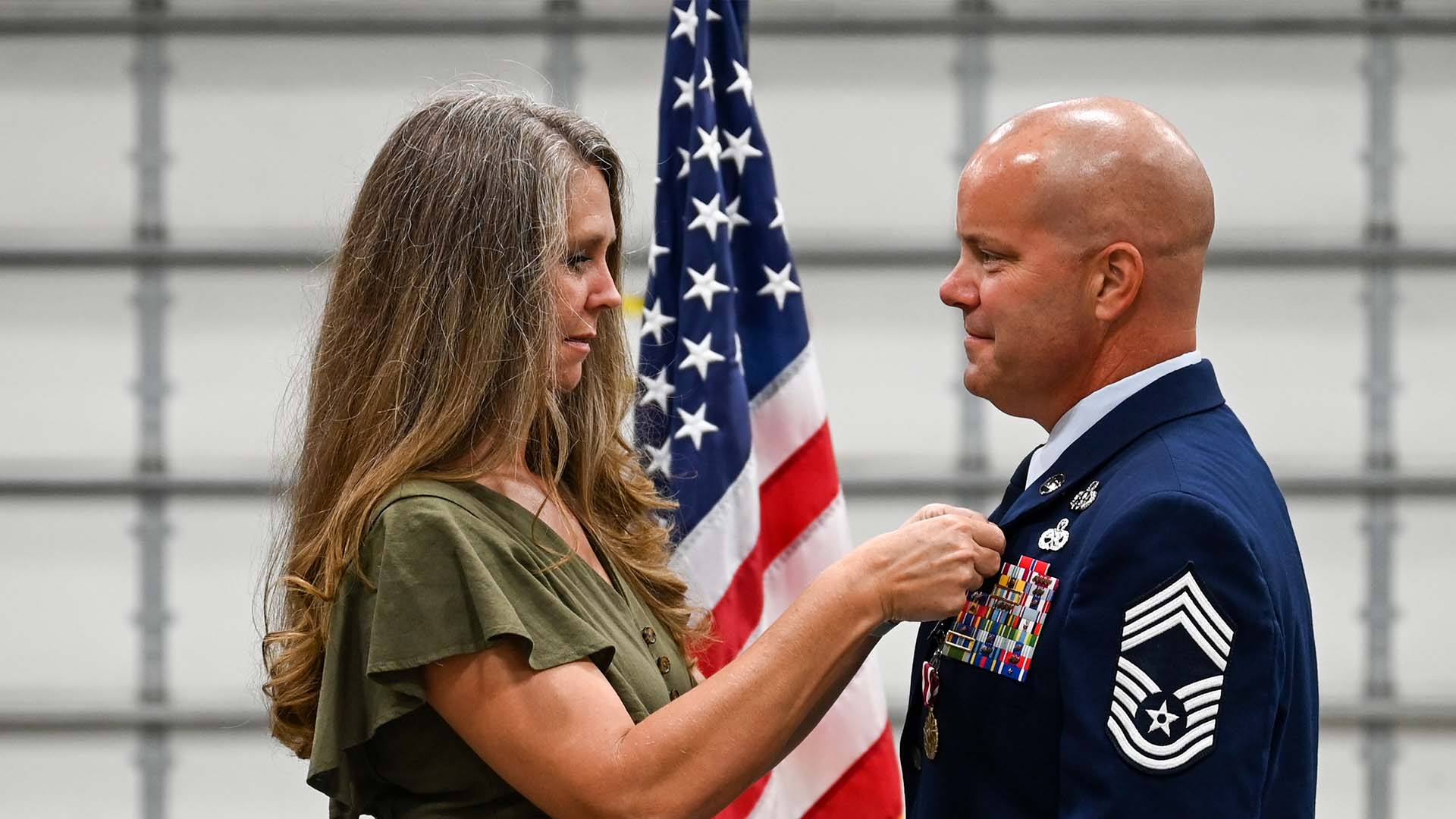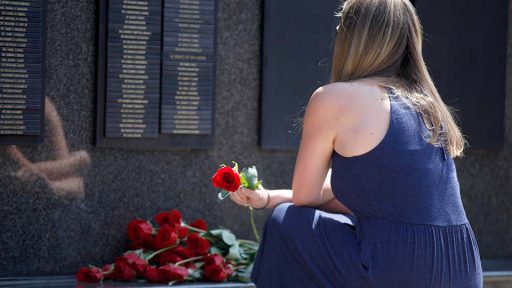The Survivor Benefit Plan allows retiring service members to allocate a portion of their retirement pay to a spouse or other eligible beneficiaries after their death. Every retiring service member with an eligible spouse or child is automatically enrolled in the Survivor Benefit Plan at the maximum level.
Only retirees pay into the Survivor Benefit Plan. It is not an insurance policy; it’s an annuity.
If you are on active duty and have a spouse and/or children, they receive automatic protection under the Survivor Benefit Plan, at no cost to you, should you die while still on active duty.
If you are divorced, your former spouse may receive benefits instead of your current spouse based on the requirements a court-ordered divorce decree has imposed. So it’s important to ensure your policy is in compliance with any court orders.
Learn how the Survivor Benefit Plan works.
Enrollment eligibility
As you prepare for retirement, the Defense Department requires you to make a decision about the Survivor Benefit Plan and sign your DD Form 2656 before your retirement date. Here are the available election types:
- Spouse only — This is the most common election. If you have an eligible spouse and you choose anything less than full coverage, you must obtain the spouse’s notarized signature for the DOD to consider the election valid. You may choose coverage for a spouse or a former spouse, but not both. There is no automatic enrollment for a former spouse. If you elect a former spouse, the DOD does not require the spouse’s concurrence.
- Spouse and children — The spouse is the primary beneficiary. Children receive the SBP only if the spouse loses eligibility for it. The SBP covers children in equal shares as long as they are your legal, unmarried children and are younger than age 18 or, if older than 18, are enrolled in an accredited college or university. Children enrolled in higher education are eligible until they reach age 22 or leave school. Incapacitated or disabled children are eligible if the physical or mental disability existed before their 18th birthday or was incurred before age 22 while the child was pursuing a full-time course of study.
- Children only — Children are eligible up to age 18, or age 22 if they are full-time, unmarried students. The SBP divides the 55% annuity equally among eligible children.
- Former spouse or former spouse and children — This is similar to the spouse and children election, but it’s for the former spouse and children. Only the eligible children of the service member’s former marriage qualify for coverage.
- Person with insurable interest — As a retiring, unmarried member, you can choose coverage for someone in whom you have a legitimate insurable interest. Examples could be a brother or sister or a child who is beyond eligibility for child coverage.
- No beneficiary — If you do not have any eligible beneficiaries, the SBP does not require you to elect coverage.
Student eligibility for the military Survivor Benefit Plan
The SBP’s child annuity payments typically end when recipients turn 18. Children are eligible to continue receiving payments until the end of the school year during which they turn 22, as long as they remain unmarried and attend one of the following full time:
- High school
- Accredited trade school
- Accredited technical school
- Accredited vocational institute
- Accredited college or university
The certification process has gotten easier for students ages 18 and older covered as a child annuitant under the military SBP.
The changes went into effect in May 2020, highlighted by the following:
- A simpler certification form
- A student’s ability to self-certify
- An extension of the certification deadline to annually instead of each term/semester
School closures in the wake of coronavirus disease 2019 do not affect SBP annuity payments for qualifying high school and college students.
The DOD simplified the process of students becoming certified in other ways, including:
- Students will now self-certify. They no longer need a school official’s signature or school documentation when they certify full-time attendance.
- The Child Annuitant’s Certification for Previous Attendance Letter for certifying past attendance.
The Defense Finance and Accounting Service details the new certification process on its website, including all the changes. Make sure to complete the updated Child Annuitant’s School Certification form.
The DOD is taking steps to make it easier to validate each student’s eligibility with an online option for uploading and submitting school certification forms. Use the AskDFAS online upload tool.
Enrollment period — It is important to make a decision about your SBP election before you retire because it is difficult to make changes after enrollment. Consider making your SBP election 60 to 90 days before you retire. If you do not make your elections by your retirement date, your name will still appear on the retiree list and result in automatic SBP coverage.
Terminating coverage — As a plan participant, you have a one-year window to terminate SBP coverage between the second and third year following the date you began to receive retirement pay. Once you terminate SBP coverage, however, you cannot reinstate it. You may terminate coverage for an insurable interest at any time.
You can get more information about plan basics from the Office of the Secretary of Defense Military Compensation page.











